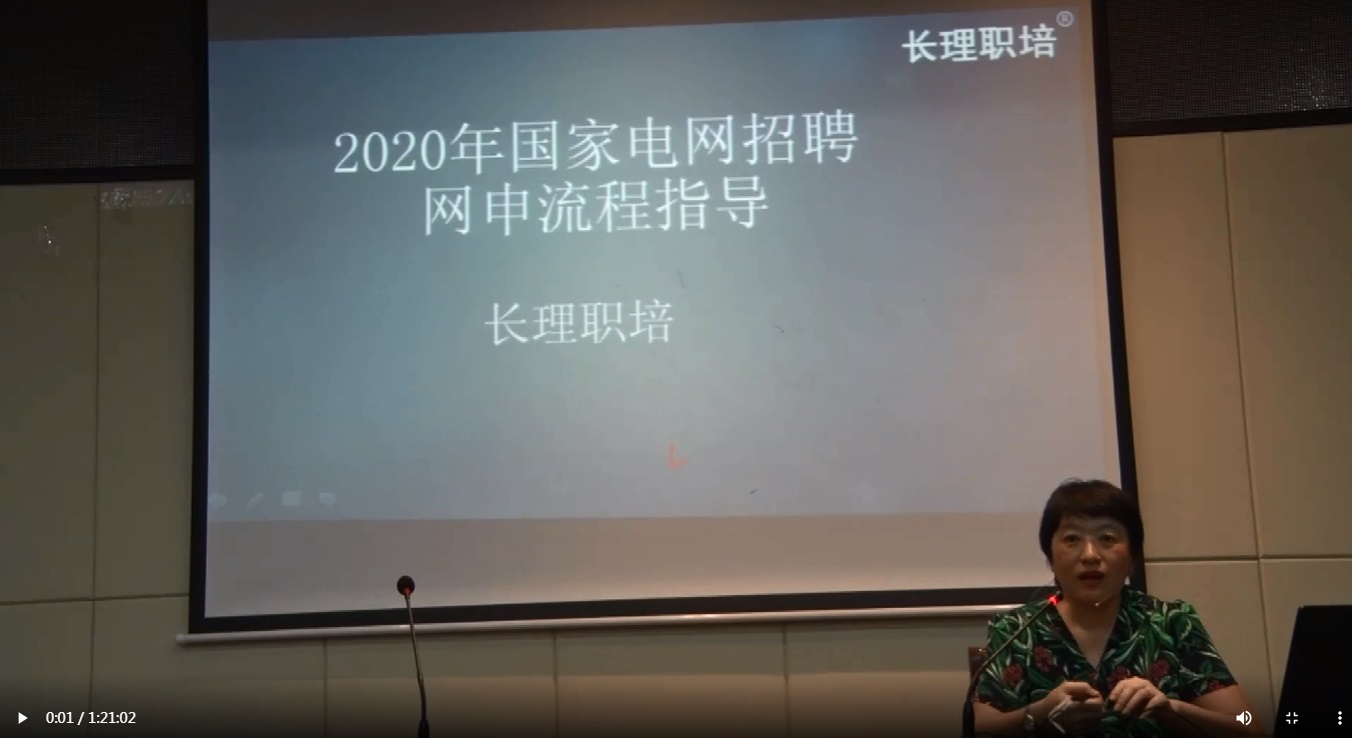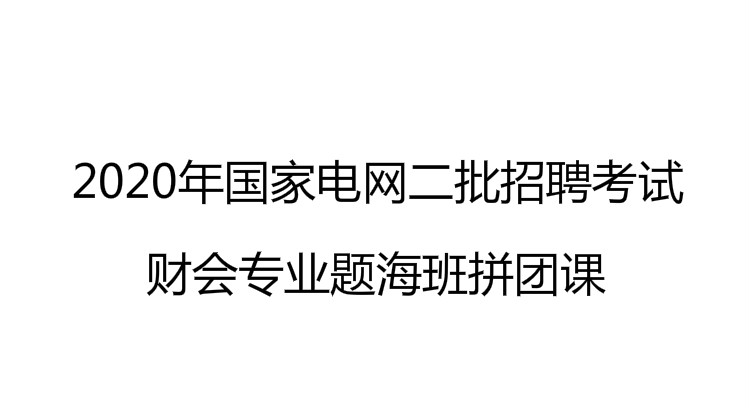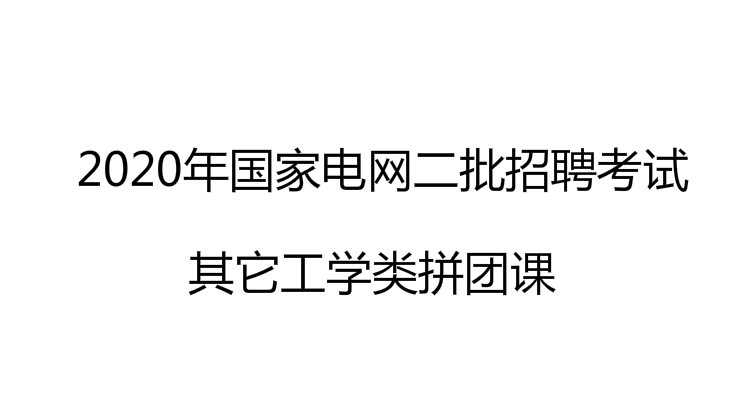Quantum cryptography in space,The early bird,The world's first quantum-cryptographic satellite network is likely to be Chinese
IN THE never-ending arms race between encryptors and eavesdroppers, many of those on the side that is trying to keep messages secret are betting on quantum mechanics, a description of how subatomic particles behave, to come to their aid. In particular, they think a phenomenon called quantum entanglement may provide an unsubvertable way of determining whether or not a message has been intercepted by a third party. Such interception, quantum theory suggests, will necessarily alter the intercepted message in a recognizable way, meaning that the receiver will know it is insecure. This phenomenon depends on the fact, surprising but true, that particles with identical properties which are created simultaneously are entangled in a way that means one cannot have its properties altered without also altering the other, no matter how far apart they are.
加密者和窃听者之间的军备竞赛永无止境。在努力为信息保密这一方,如今有许多人押注量子力学能够帮助他们--这一理论主要描述微观粒子的运动规律。他们尤其认为一种叫做量子纠缠的现象或许可以提供一条绝对可靠的途径,用以判断信息是否曾遭第三方拦截。根据量子理论,这类拦截必定会以可识别的方式改变被拦截的信息,从而令信息的接收端认识到信息是不安全的。
这种现象基于一个令人吃惊但确切的事实:无论相距多远,同时生成、属性完全相同的粒子会形成纠缠态,其中一方状态的改变必将导致另一方状态相应改变。
Researchers in several countries have experimented with the idea of quantum encryption, with some success. They have sent quantum-entangled messages through optical fibres, and also through the air, as packets of light. This approach, though, suffers from the fact that the signal is absorbed by the medium through which it is passing. The farthest that a quantum signal can be sent through an optical fibre, for example, is about 100km. Sending one farther than that would require the invention of quantum repeaters, devices that could receive, store and re-transmit quantum information securely. Such repeaters are theoretically possible, but so technologically complex that they remain impossible in practice.
编辑推荐:

温馨提示:因考试政策、内容不断变化与调整,长理培训网站提供的以上信息仅供参考,如有异议,请考生以权威部门公布的内容为准! (责任编辑:长理培训)






















点击加载更多评论>>